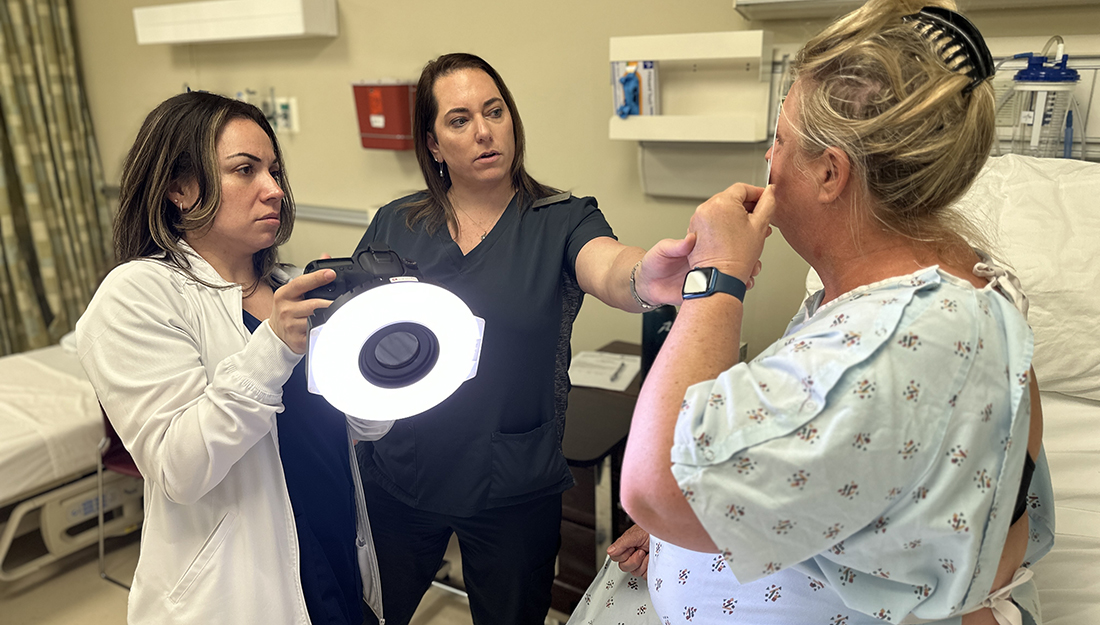Too much iron
Most people absorb only about 10 percent of the iron in their diet. However, those with a disorder called hemochromatosis can absorb as much as 30 percent of ingested iron, causing it to build up in the body because the excess cannot be excreted.
According to the Hemochromatosis Information Center (HIC), the inherited disorder occurs in one of every 272 Americans, or five of every thousand whites. People of Northern European descent are most likely to inherit hemocromatosis, and the buildup does not present problems until middle age (post-menopause in women).
“The gene that controls the amount of iron you absorb from food has two common mutations,” says Diane Benson, Ed.D., associate professor in the Texas A&M Health Science Center College of Nursing. “In the United States, most people with hemochromatosis have inherited two copies of the mutation — one from each parent. Inheriting just one gene with the mutation means you’re a carrier, a condition in about 10 percent of whites. You aren’t likely to develop the disease yourself, although you may absorb more iron than normal.”
Dr. Benson has a special interest in hemochromatosis after learning her father had one copy of the gene mutation. She is unsure if she also inherited the gene and continually monitors her iron levels.
Some people with hereditary hemochromatosis never have symptoms, while others experience a wide range of problems, Dr. Benson says. The excess iron buildup can reach toxic levels in tissues of major organs such as the liver, heart, pituitary, thyroid and pancreas.
Further, Dr. Benson says the early signs and symptoms of hemochromatosis mimic those of many other common conditions, making it difficult to diagnose. The HIC reports that signs and symptoms include arthritis, especially in the hands; chronic fatigue; loss of libido and/or impotence; lack of normal menstruation; abdominal pain; high blood sugar; low thyroid function; and abnormal liver function tests.
Media contact: media@tamu.edu


